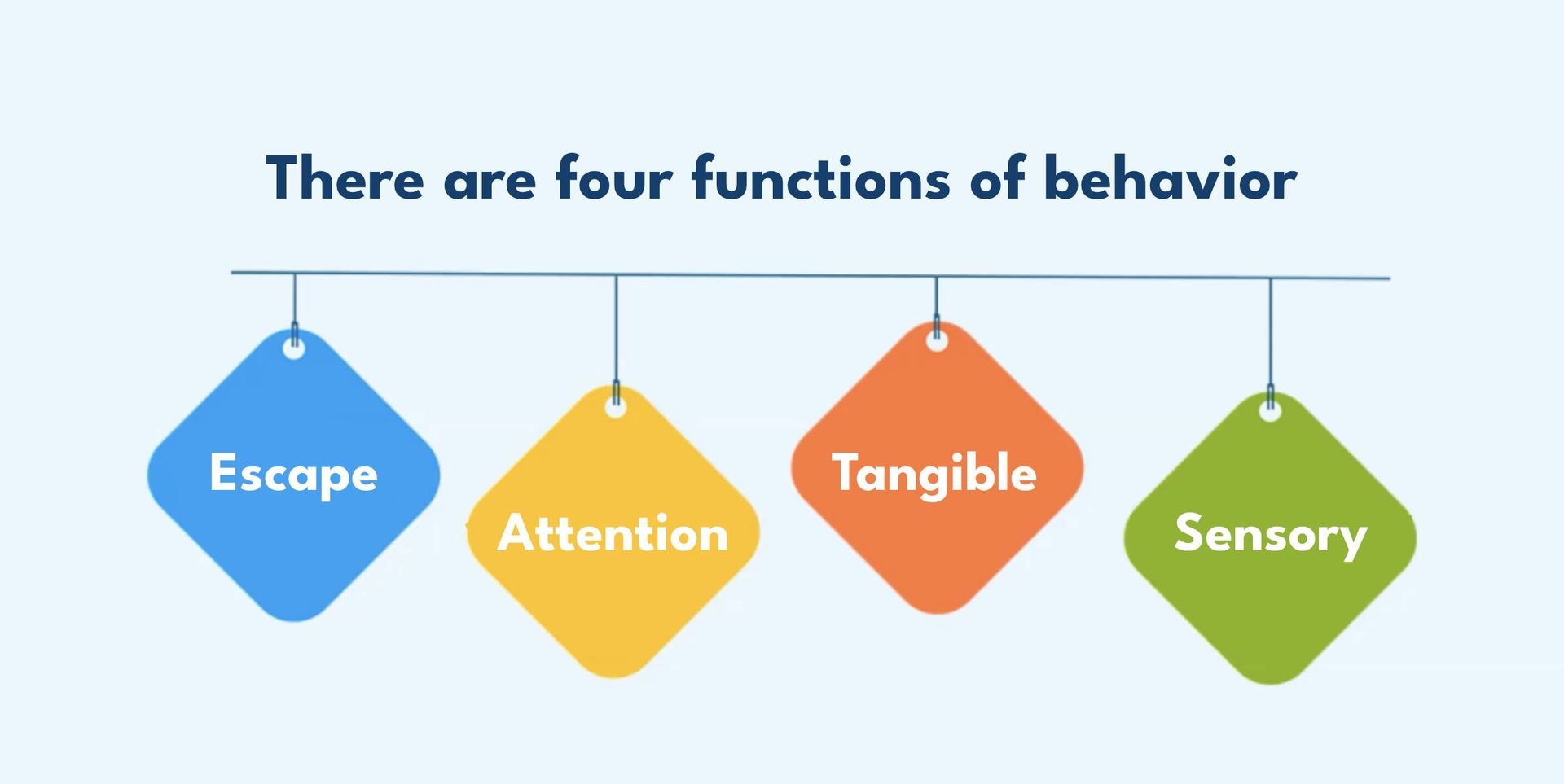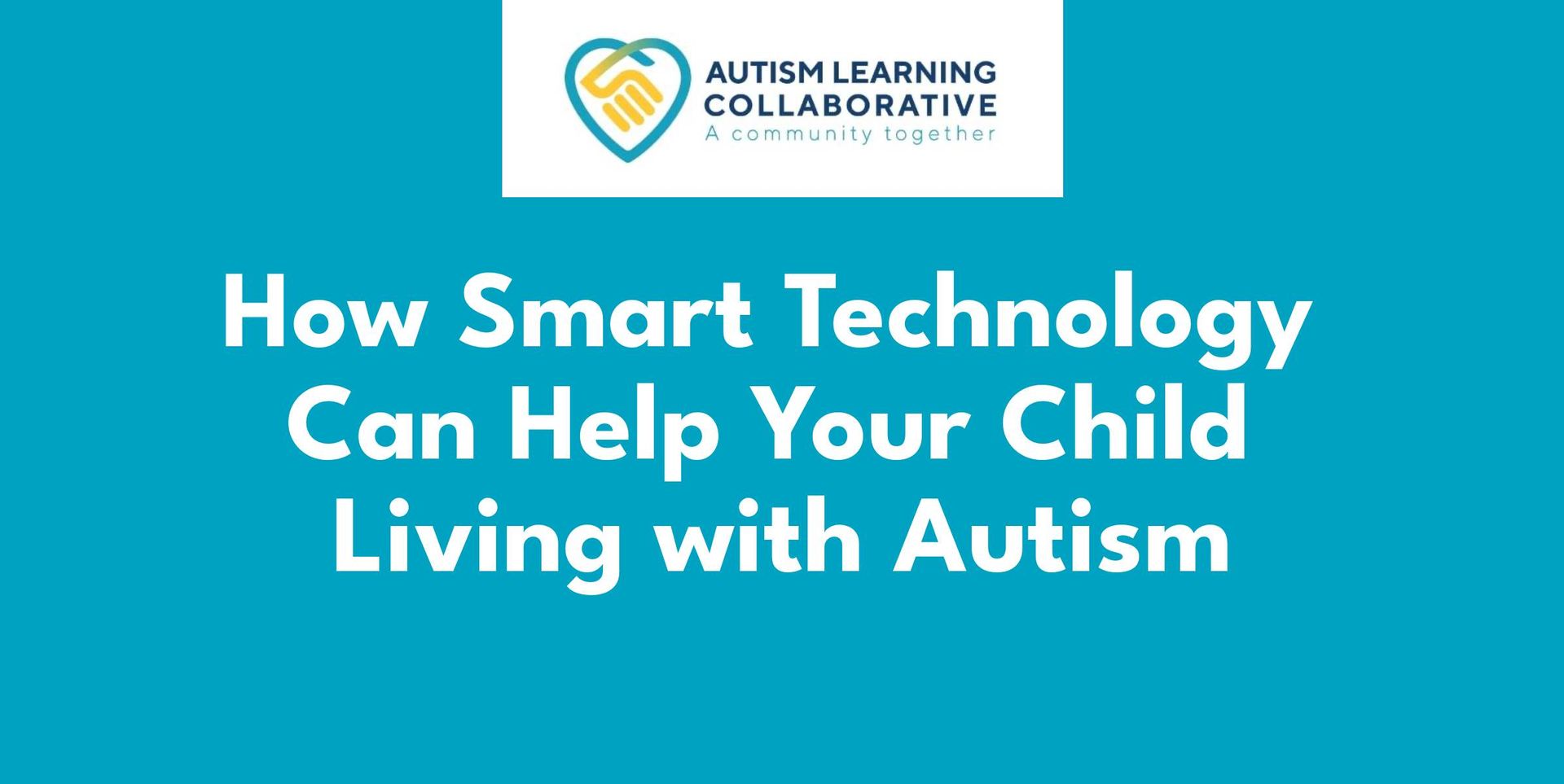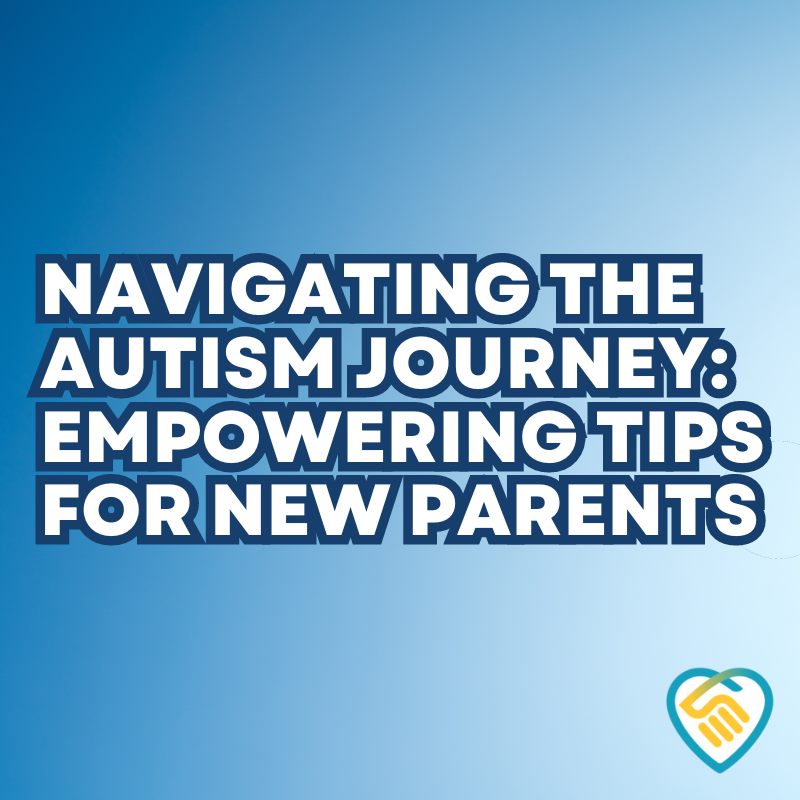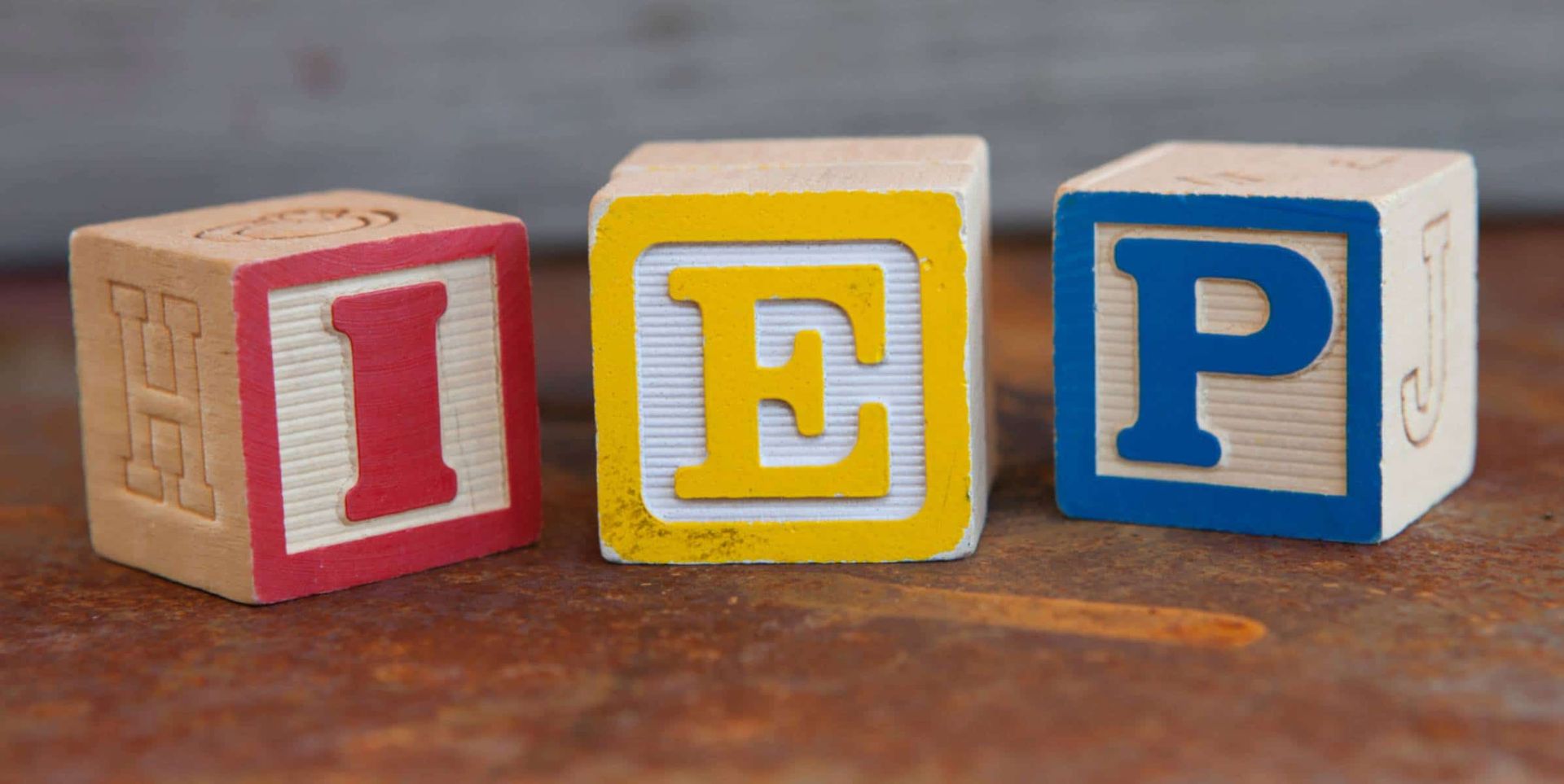5 Ways to Beat the Heat and Have Fun This Summer
The summer heat can be brutal, but it’s also a fantastic time to create unforgettable family memories. That is why our team has put together five fun activities that we hope will spark joy and keep you cool.
Homemade Popsicles:
Blend some of your family’s favorite fruits and vegetables and freeze them in popsicle molds. You can create eye-catching color combinations by making layered popsicles. Start by filling ⅓ of the mold with one colored juice and letting it freeze. Next, fill another ⅓ of the mold with a different juice and set it in the freezer again. Last, add the final juice and freeze it for the last time. The family now has a healthy, sweet treat to enjoy!
Indoor Camping:
If it’s just too hot outside to enjoy a family camping trip, why not have one in the living room? Move around the furniture and set up a tent where the whole family can relax. Stuff your tent full of blankets, pillows, and good books. Enjoy a picnic or a favorite movie in the tent before kicking off the family slumber party!
Hula Hoop Hideout:
To make your Hula Hoop Hideout, you will need:
- shower curtain with rings (can also use a sheet and safety pins)
- a hula hoop
- some twine
It’s that simple. Attach the shower curtain to the hula hoop using the shower rings. Next, cut the twine into (4) 6′ lengths (or however long you need it to tie it to a tree branch). Tie one end of the twine to the hula hoop and the other end to the tree branch. You now have a shaded area to enjoy! Bring towels, pillows, and blankets to place on the ground underneath to make it cozy.
Glow in the dark bath:
Fill the bath with refreshingly cool water, turn off all the lights, and drop a couple fistfuls of glow sticks into the water. The water will light up in different colors, giving off a gorgeous light show. Your little one will have so much fun while cooling off!
Build Ice Castles:
Sandcastle buckets don’t only have to be for the beach! Have your little one gather all kinds of small figurines, beads, and other colorful arts and crafts materials. Then, fill your bucket with water and add the treasure to it. Next, leave it to freeze overnight. In the morning, you’ll have your very own ice castle! Kiddos can enjoy playing with it outside. There won’t be much disappointment when it melts because your kiddo will be reunited with all the decorative treasures inside the castle!
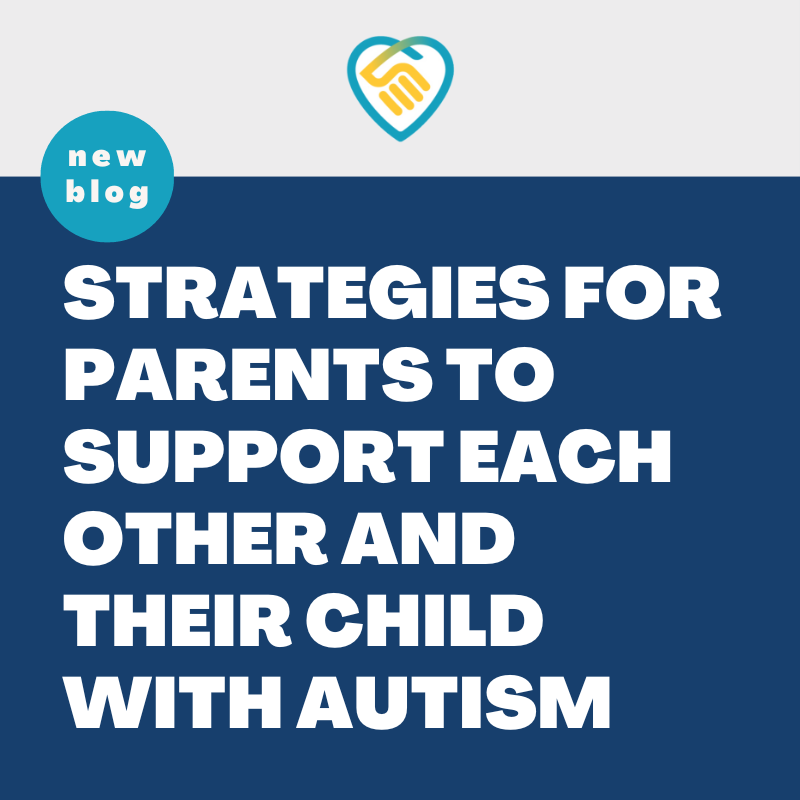

CONTACT US
Toll-Free: 844-743-6506


